Turtle Vine
Add this beautiful creeper plant to your place. Truly, it looks very attractive hanging plant. Moreover, this plant does not require much care. Just limited watering, enough light, and fertilizer are more than enough to keep this plant healthy. Also, you can easily grow this plant indoors with a semi-shade.
This is a perennial, ornamental, creeping herb with purplish stems, rooting at the nodes and often forming dense mats. Moreover, its leaves are evergreen, simple, ovate with entire margins, waxy and measure up to 4cm long and 2cm wide, acute at the tip and rounded at the base, and grayish-green in color. Additionally, the lower surface of the leaf is purple.
Turtle Vine Care Guide
Light & Position: Turtle Vine enjoys bright, indirect sunlight. However, you should avoid direct sun, especially in the summer. A North or East-facing windowsill is an ideal place for an evergreen turtle vine plant.
Soil: The turtle vine plant loves moist soil. Once the pot begins to feel light when lifted, it’s time for another water, Regular mixes for potted plants, cacti, succulents, herbs, and vegetables can be used. If leaves and shoots are to be fed to turtles or birds, it is recommended to use vegetable or herbal soil. These mixes contain organic fertilizers.
Watering: Allow the soil to dry between the waterings. Also, water sparingly if the plant is placed in cool to temperate during winter. In addition, avoid overwatering. Moreover, this plant can tolerate Drying out for a short time.
Temperature: The plant prefers a cooler environment – between 10 and 20 ℃, with a reasonable amount of humidity.
Fertilizing: Use a balanced, liquid fertilizer monthly to fertilize this Creeping inch plant and meet its nutritional needs. Also, you can use organic fertilizers for better results.
Growing tips for turtle vine
- Do not re-pot the turtle vine plant immediately after receiving it.
- Keep the plant in indirect sunlight for at least 3 – 7 days. too much direct sunlight can change the leaves’ color.
- Always check the soil moisture and keep your plant hydrated all time.
- Do not overwater the plant. Overwatering will kill the plant. However, water regularly to keep the soil moist.
- Add a mulch of sand on the top of the soil, otherwise, its leaves may rot.
- Use a very drained soil, rich in humus, or rock.

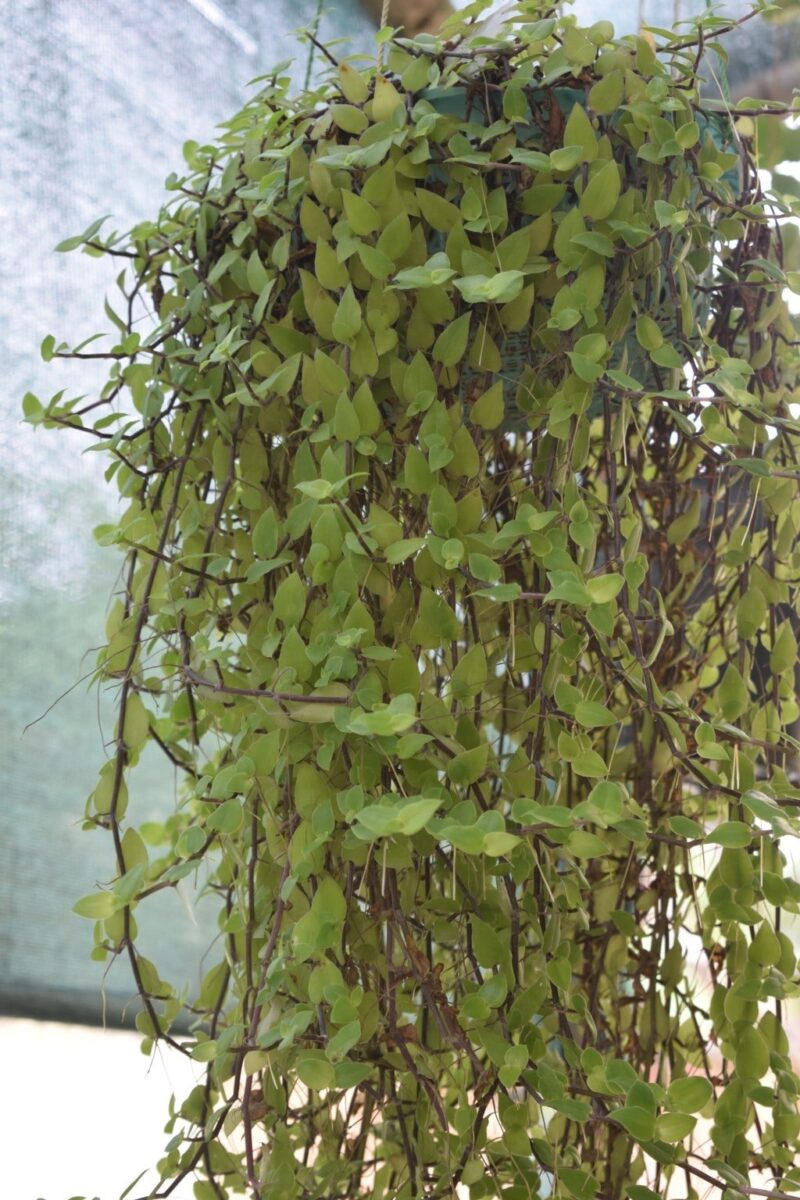
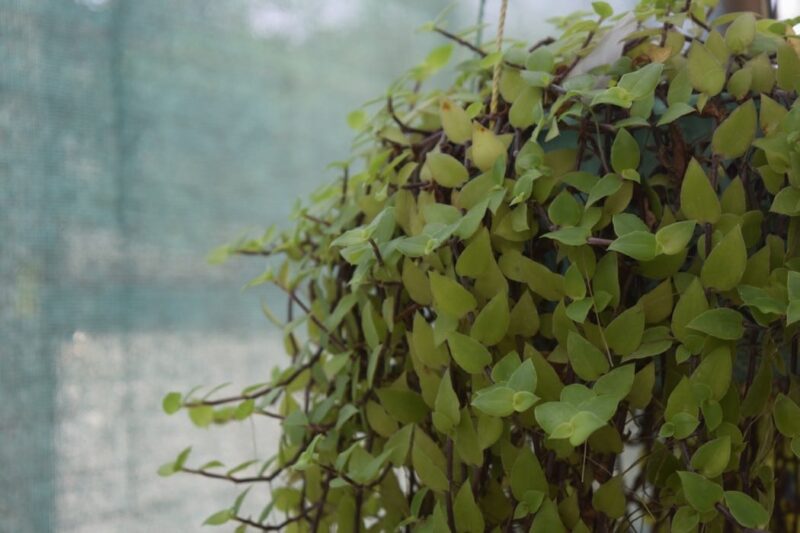
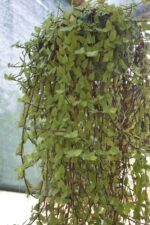


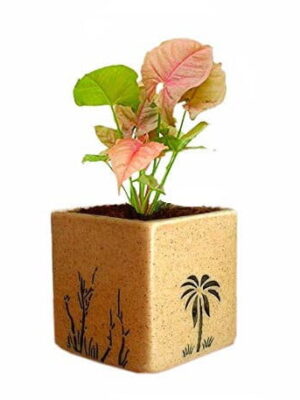

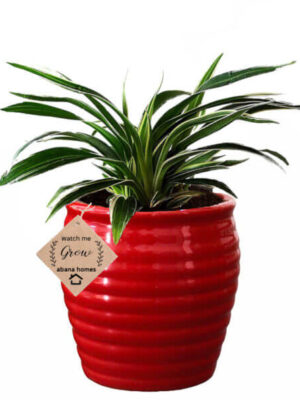
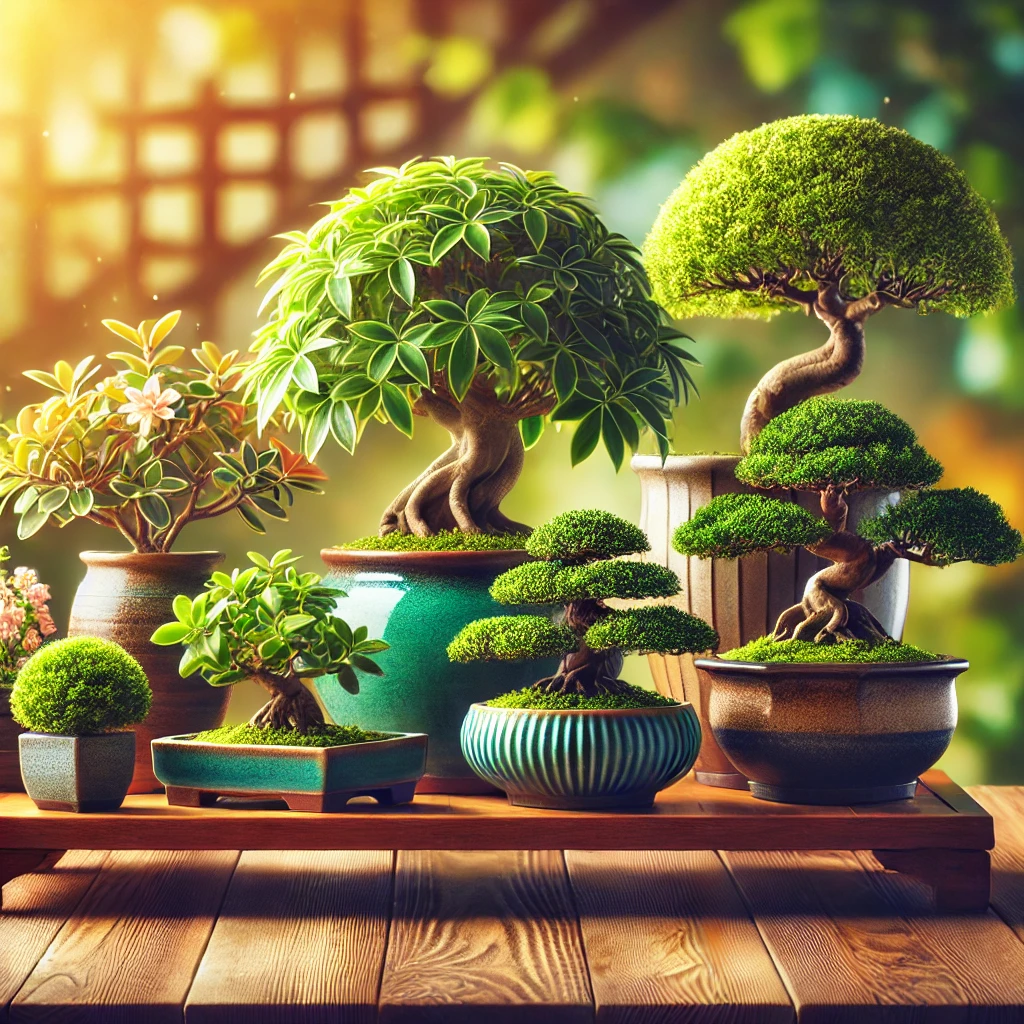
Reviews
There are no reviews yet.